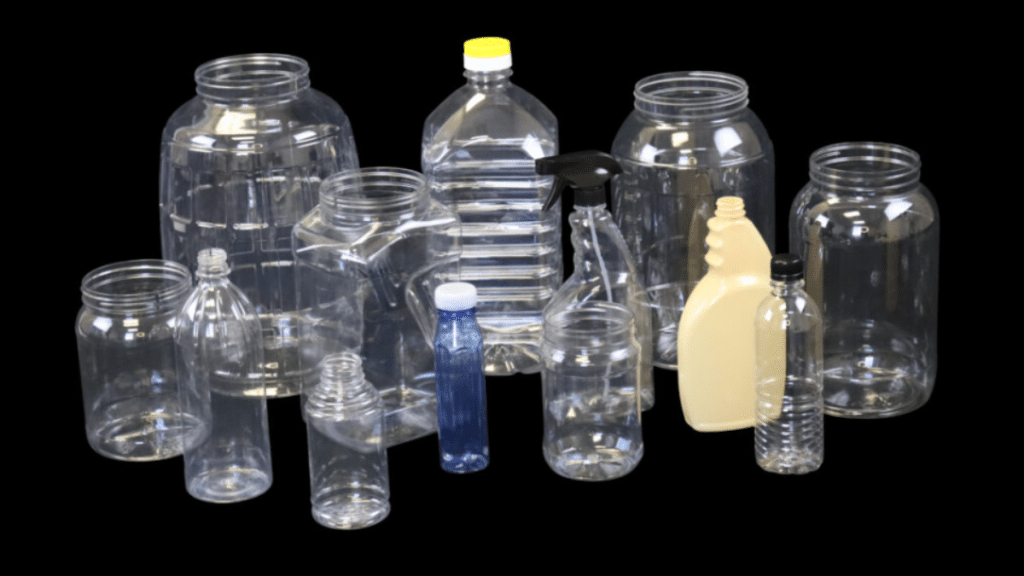The packaging industry is a central driver of efficiency in high-volume production environments. More than just protecting products, effective packaging smooths out operations, supports automation, and helps companies meet regulatory demands. When packaging aligns with production needs, it minimizes delays, simplifies logistics, and strengthens the overall supply chain.
Manufacturers that treat packaging as an operational asset rather than an afterthought unlock new efficiencies. A smart, production-focused approach to packaging reduces the risk of bottlenecks, streamlines workflows, and improves profitability. Prioritizing functionality and compatibility from the start leads to better outcomes across the board.
Supply Chain Problems from Rigid Container Options
High-volume production needs packaging that adapts—not packaging that causes friction. Standard containers often fall short of product-specific needs, leading to delays and manual workarounds. These adjustments disrupt automation and contribute to unplanned downtime. Among the most widely used options in high-volume environments is wholesale plastic packaging, which offers cost savings and versatility when chosen correctly.
However, if containers are oversized or poorly matched to equipment, they can strain logistics, increase shipping costs, and waste valuable storage space. A poor fit also reduces pallet efficiency, raises labor demands, and disrupts production schedules. Making packaging decisions early—focusing on container size, shape, and automation compatibility—helps avoid these setbacks and keeps operations running without unnecessary interruptions.
Labeling and Compliance Issues Slow Things Down
For operations and compliance teams, packaging isn’t just about fit—it’s a frontline defense against costly errors and regulatory setbacks. Industry rules vary widely by region and product type, often requiring precise labeling formats, safety warnings, and traceability markers. When containers differ in shape or texture, automated labeling systems struggle to apply labels cleanly and consistently. This forces manual corrections, which slow production and increase labor costs.
In sectors like chemicals, food, or pharmaceuticals, packaging that fails to meet regulatory standards can trigger repackaging, inspections, or shipment holds. Delays of this kind disrupt delivery timelines and increase the risk of customer dissatisfaction or lost contracts. Designing for compliance from the beginning—with standardized surfaces and dimensions—helps reduce friction across the entire production line.
Automation Problems from Incompatible Containers
For smooth production, packaging needs to work with automation equipment. Containers that don’t meet the right specs can jam machines or throw off alignment. Issues like misalignment or poor sizing lead to downtime that impacts the entire supply chain. Unusual shapes or sizes can also disrupt key steps such as filling and capping, creating a domino effect that slows everything down.
Using packaging designs that match common equipment helps avoid these problems. Planning for machine compatibility early on reduces delays and keeps operations running better. For instance, matching container heights with conveyor belt spacing helps prevent jams and keeps automated filling stations running smoothly.
Poor Packaging Hurts Storage and Transport
Storage and transport are under constant pressure in high-volume operations, and packaging plays a key role in how well those systems perform. Containers that are oddly shaped or inconsistently sized reduce pallet density, complicate stacking, and limit trailer utilization. These inefficiencies increase shipping costs, waste warehouse space, and create friction during loading and unloading.
A well-matched packaging format makes better use of every square foot—on shelves, in trailers, and across distribution centers. Standardized container dimensions help streamline material handling, speed up staging, and improve inventory rotation. The right packaging doesn’t just move products; it moves them smarter, faster, and with less operational drag.
Limited Packaging Choices Limit Flexibility and Growth
In high-volume production, diverse container options support growth and adaptability. Different customers demand unique product sizes, retail formats, and private-label packaging. Without a broad packaging portfolio, manufacturers struggle to introduce new SKUs or pivot to meet emerging trends—such as single-serve formats or eco-friendly alternatives. For instance, a beverage producer that only stocks 1-liter PET bottles may miss out on growing demand for 250ml aluminum cans in health-conscious markets.
This lack of flexibility also complicates inventory management. Facilities that rely on uniform packaging often face slower stock rotation and greater waste due to mismatched order volumes. Offering a mix of container sizes and formats helps align with customer demand and optimize storage.
Smart packaging does more than protect products—it keeps production efficient, agile, and scalable. When container design supports automation, meets compliance standards, and fits within logistics systems, operations move faster with fewer disruptions. Poorly matched packaging slows machines, triggers labeling errors, and wastes storage space. A narrow range of formats can delay product launches and limit responsiveness to market demand. Planning packaging at the concept stage strengthens the entire supply chain. It becomes a practical lever for improving throughput, reducing downtime, and supporting growth across high-volume production environments.
